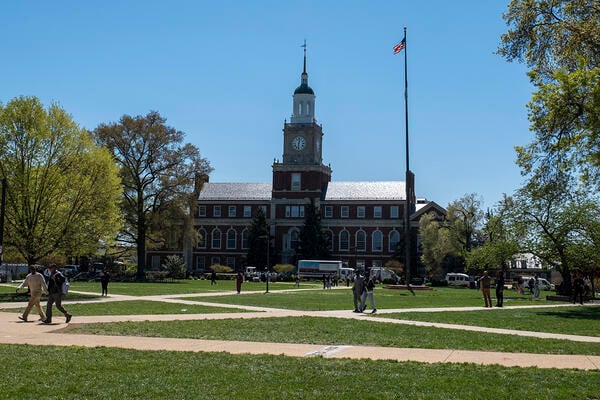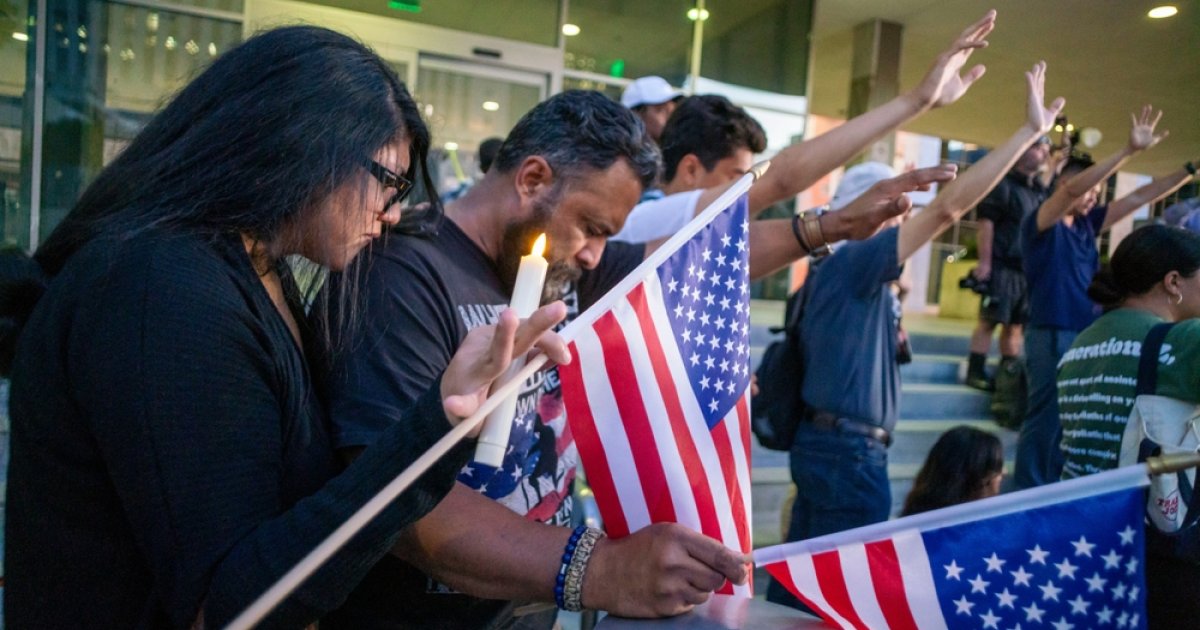The New Reality of Enrollment Management
For many colleges, the fall 2025 enrollment numbers brought a mix of emotions. While some institutions are celebrating record-breaking classes and hitting their targets, others—equally committed to their mission—fell short. This stark contrast isn’t just a symptom of demographic shifts; it reveals a deeper, more urgent truth: the status quo is failing higher education.
Many institutions are struggling not just because of demographics, but because of outdated, fragmented enrollment strategies. They are kept in silos—admissions, marketing, financial aid—creating an inconsistent student experience that leads to missed starts, early attrition and lost potential.
Today’s Modern Learners are more discerning than ever. They expect speed, personalization and transparency, making fragmented approaches not only ineffective but unsustainable. The future of higher education does not belong to those defending the past. It belongs to institutions bold enough to build what’s next—a unified, data-informed strategy that transforms these challenges into opportunities for sustainable growth.
Missed Starts: The Silent Threat to Student Recruitment
Enrollment managers face a stark reality: the decision-making window has never been shorter. Students aren’t shopping around like they once did. Students are making decisions faster than ever. According to our latest Engaging the Modern Learner Report, 67% inquire at only one or two institutions, and 45% apply to just one. This is a fundamental shift. In 2015, only 43% of learners would enroll at the first school that contacted them. By 2025, that figure has skyrocketed to nearly three in four. For your institution, this is a wake-up call. The window to turn interest into enrollment is closing, and any delay, inconsistent follow-up or fragmented outreach means you lose students before they even begin their journey.
Speed and consistency are not just critical—they are the price of admission. Slow, fragmented communication—whether through delayed responses, inconsistent messaging, or glaring gaps across departments—is not an inefficiency. It is a direct cause of a hemorrhaging enrollment funnel. The only way to transform this challenge is with a unified enrollment management approach.
Think of the bright prospective student who loves your campus culture after a visit. The prospective student sends a follow-up email with a simple question about a scholarship deadline, but the admissions team is swamped, and a response is delayed. Meanwhile, another school sends a personalized text message with the needed information, along with a link to a testimonial from a student in the desired major. This prospective student’s trust is built and stolen by the competing school, and your school is now completely out of the consideration mix—not because of your academics or campus life, but because of a missed connection.
The Four Pillars of Strategic Enrollment Management
The path to reversing missed starts and early attrition isn’t guesswork—it’s a disciplined, coordinated approach. The Four Pillars of Strategic Enrollment Management give institutions a clear framework to turn insights into action, strengthen recruitment and improve student success. By combining brand alignment, AI-driven analytics, full-funnel marketing and student-centric engagement, campuses can act decisively, close gaps in the enrollment process, and ensure every touchpoint moves students toward enrollment and persistence.
Strategic Brand Alignment for Student Recruitment
In a crowded market, a compelling and authentic brand is not optional—it’s the foundation of any winning student recruitment strategy. Reputation drives decisions more than ever, with 31% of all applicants and 51% of traditional undergraduates ranking it among their top factors for choosing a school. Most Modern Learners start their search with the institution itself rather than a specific program, which means that without a strong, visible brand, your institution risks being overlooked before the conversation even begins. For marketing and enrollment leaders, this makes it clear that visibility and authenticity are essential for influencing enrollment outcomes.
Brand is also about proving value. Affordability remains important, but today’s Modern Learners are increasingly focused on career outcomes and program benefits in addition to cost. Messaging must clearly convey the tangible return on investment and the real-world impact of a degree to resonate with prospective students. By aligning programs with student aspirations and demonstrating clear student success outcomes, institutions can create meaningful, personalized engagement that drives enrollment forward.
AI-Powered Analytics and Performance Optimization
Data alone won’t drive results; insights must inform every decision. Integrating AI into your enrollment strategy isn’t a strategy of the future—it’s a strategy of now. Competitive institutions use predictive insights to identify which students are most likely to apply, enroll and persist, turning complex data into actionable strategies. By analyzing engagement, inquiries, social sentiment and historical trends, enrollment managers can uncover funnel leaks, prioritize outreach, and allocate resources effectively.
At EducationDynamics, we combine AI-driven insights with human expertise to ensure recommendations are contextually grounded. This lets teams act quickly, maintain consistency and optimize every touchpoint. Integrated with targeted marketing insights, these analytics help institutions reach the right students with personalized messaging, strengthening enrollment management and driving long-term success.
Full-Funnel Marketing for Student Recruitment and Retention
Modern Learners move seamlessly across digital, social, email, and traditional channels—and they expect institutions to meet them wherever they are. A full-funnel marketing approach ensures every interaction reinforces the institution’s brand while delivering timely, personalized and meaningful engagement.
Now more than ever, students’ attention spans are short and their decision-making windows are fast. Consistent, relevant communication at every stage of the journey is critical: it keeps prospects engaged, strengthens trust, and positions your institution as a top choice. By aligning program-specific messaging with the broader institutional brand, enrollment managers create a unified narrative that drives conversions, builds credibility, and strengthens student engagement across the entire enrollment journey.
Every touchpoint—from initial awareness to follow-up engagement—works in concert to reduce lost starts, increase inquiry-to-application conversion and support long-term student success. This integrated approach ensures your marketing investments deliver measurable results while keeping prospective students moving efficiently through the enrollment funnel.
Student-Centric Enrollment and Retention for Student Success
Personalized engagement is a critical pillar in turning prospects into enrolled students and lifelong advocates. Students expect timely guidance, responsiveness and a sense that their individual goals are understood and valued. AI tools, including chatbots and virtual assistants, provide 24/7 support for routine questions, ensuring no inquiry is left unanswered. While technology handles the routine, your team’s expertise remains the essential ingredient. It’s the human connection—the empathy, the guidance and the personal touch—that ultimately drives commitment. Technology amplifies your reach; your team delivers the relationships.
A student-centric approach ensures every touchpoint aligns with the learner’s journey, making communications, guidance, and support feel relevant and meaningful. With the right tools, data, and training, campuses can anticipate student needs, address obstacles proactively, and build confidence early in the enrollment process. This approach strengthens trust, boosts engagement, improves persistence, and turns every interaction into an opportunity to reinforce your institution’s brand while driving measurable student success.
Uncover the Student Experience
By now, it’s clear: fragmented enrollment strategies and inconsistent outreach cost institutions students. Modern Learners expect speed, personalization and clarity—anything less, and they move on. The challenge for enrollment managers is not just knowing where students drop off, but having the tools to act before interest is lost.
Mapping the student journey provides that clarity. By tracing the entire enrollment process from inquiry to start, it uncovers friction points—broken links, slow follow-up, confusing financial aid—that silently derail prospects. Enrollment teams can pinpoint exactly where disengagement happens, intervene strategically and ensure every touchpoint reinforces your brand promise while supporting student success.
To take it a step further, you can secretly shop your own institution to reveal how your enrollment experience truly feels to the student. Delayed responses, generic messaging or unhelpful chat functions aren’t just minor inefficiencies—they signal misalignment and break trust. By uncovering these gaps, this process informs targeted improvements in communication, staff workflows and recruitment strategies, keeping your institution competitive in a fast-moving market.
Together, these tools offer a concrete roadmap to unify brand, marketing and engagement efforts—turning insights into action, closing gaps before students disengage, and ensuring every interaction drives measurable enrollment and student success.
In today’s competitive landscape, the institutions winning enrollment aren’t just reacting—they’re thinking bigger. They recognize that success comes from cross-functional collaboration, where departments work together to deliver cohesive, personalized experiences for Modern Learners.
A Unified Enrollment Strategy turns isolated efforts into a coordinated system designed to:
- Capture student intent faster
- Reduce missed starts
- Increase retention
- Strengthen long-term student success
This is more than efficiency—it’s a strategic mindset. By aligning every department around the student journey, anticipating needs, and curating experiences that reflect the expectations of Modern Learners, institutions build trust, enhance engagement and position themselves for sustainable growth and measurable outcomes.
Transform Your Enrollment Strategy
The status quo won’t carry institutions into 2026 and beyond. To stay competitive, enrollment leaders must move beyond fragmented processes and adopt integrated strategies that deliver speed, personalization, and authenticity at scale. At EducationDynamics, we do more than unify departments—we help institutions transform scattered efforts into a cohesive system that drives measurable student success.
Don’t let a fragmented strategy define your future. It’s not too late to turn things around. We help institutions move beyond the status quo to build a unified system that fixes funnel leaks, increases retention and delivers measurable student success.














